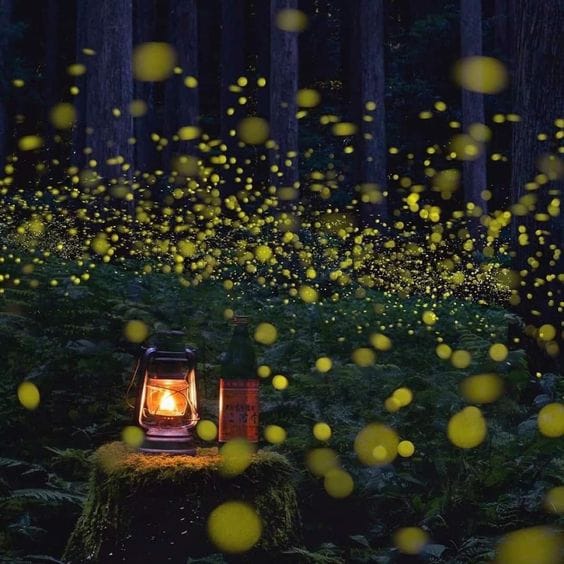In the depths of the forest, a magical spectacle unfolds every night. The night’s luminary, fireflies, take to the skies, illuminating the darkness with their enchanting glow. These mesmerizing creatures captivate both young and old, evoking a sense of wonder and awe. In this article, we will delve into the world of fireflies, exploring their intriguing characteristics, their significance in nature, and the secrets behind their captivating glow. Join us as we unravel the mysteries of the night’s luminary: fireflies, the mesmerizing creatures illuminating the entire forest.

The Firefly’s Illumination: Nature’s Dazzling Display
Fireflies, scientifically known as Lampyridae, are a family of beetles known for their unique ability to produce light. They are found in various parts of the world, including forests, meadows, and gardens. The firefly’s illumination is a remarkable phenomenon that has fascinated scientists and nature enthusiasts for centuries.
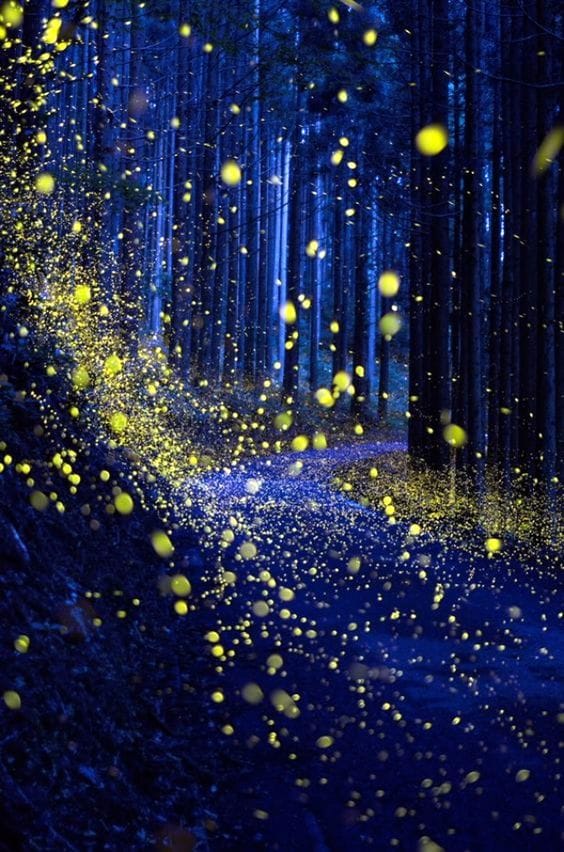
The Chemistry of Firefly Bioluminescence
At the heart of the firefly’s glow lies a fascinating chemical process called bioluminescence. Bioluminescence is the production and emission of light by living organisms. Fireflies produce light through a chemical reaction involving luciferin, luciferase, and adenosine triphosphate (ATP).
Luciferin, a pigment found in the firefly’s abdomen, reacts with luciferase, an enzyme, in the presence of oxygen. This reaction produces light, with ATP providing the necessary energy. The light emitted by fireflies is typically yellow, but some species may exhibit green or red hues.
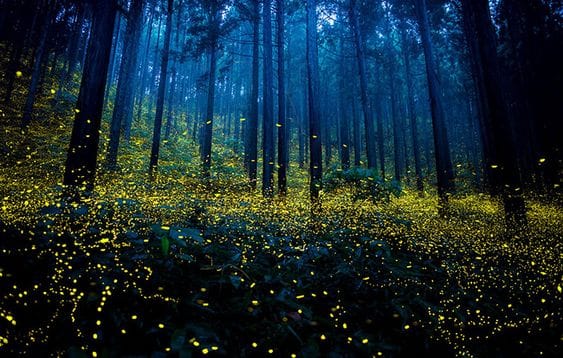
The Purpose of Firefly Bioluminescence
The mesmerizing glow of fireflies serves multiple purposes in their natural environment. It plays a crucial role in their mating rituals, communication, and defense against predators.
Mating Rituals
Fireflies use their luminous display as a means of attracting mates. Each firefly species has a unique flash pattern, which acts as a form of communication between males and females. Males emit distinctive patterns of flashes to signal their presence and attract potential mates. Female fireflies respond with their own specific patterns, indicating their receptiveness to mating.

Communication
Fireflies also use their light to communicate with each other. They can synchronize their flashes with other fireflies in the vicinity, creating a mesmerizing display of coordinated illumination. This synchronized flashing is believed to facilitate the formation of large groups and enhance the chances of successful mating.
Defense Mechanism
The firefly’s bioluminescence serves as a warning signal to potential predators. The glow emitted by fireflies contains toxic compounds, making them unappetizing or even harmful to predators. The predators associate the bright glow with an unpleasant taste or toxicity, deterring them from preying on fireflies.
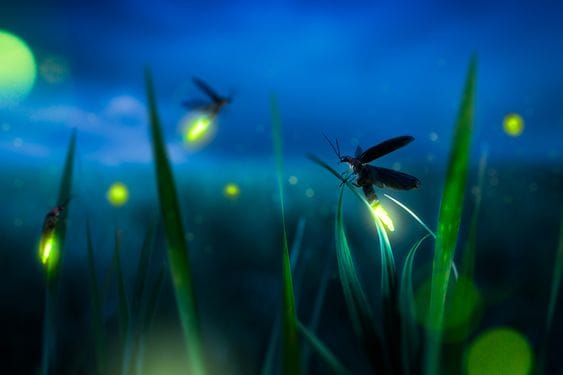
The Enchanting Dance: Firefly Habitats and Behaviors
Fireflies are most commonly found in habitats with abundant vegetation, such as forests, meadows, and marshes. These nocturnal creatures have distinct behaviors that contribute to their enchanting dance of light.
Preferred Habitats
Fireflies thrive in environments that offer a combination of moisture, vegetation, and darkness. They are often found near bodies of water, as moist areas provide suitable breeding grounds for their larvae. Additionally, fireflies prefer areas with minimal light pollution, as artificial lighting can disrupt their natural behavior.

Flashing Patterns
The flashing patterns of fireflies are not random but instead follow specific rhythms and intervals. Each species has its own unique pattern, enabling individuals to identify and communicate with their own kind. The duration, frequency, and intensity of flashes may vary between species, creating a captivating symphony of lights in the night sky.
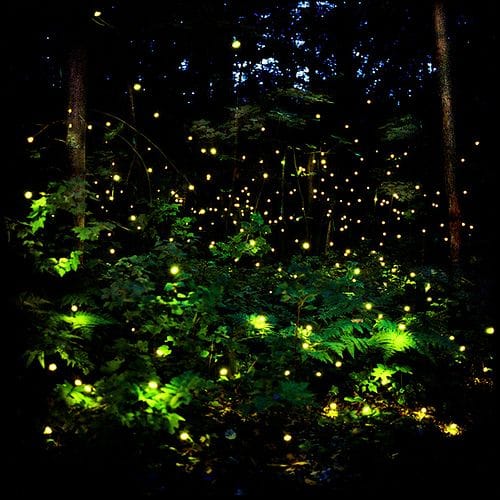
Life Cycle of Fireflies
Fireflies undergo a fascinating life cycle, consisting of four stages: egg, larva, pupa, and adult. The adult stage, when fireflies reach their peak luminescence, is the most visually captivating.

Firefly eggs are typically laid in the soil or on vegetation near water sources. Once hatched, the larvae emerge and live in the soil or near bodies of water. The larvae feed on other insects, snails, and slugs, often using their luminescence to attract prey.
After a period of growth and development, firefly larvae enter the pupal stage. During this phase, the larvae undergo metamorphosis, transforming into adults. Once the transformation is complete, the adult fireflies emerge from their pupae and take to the skies, engaging in their mesmerizing display of light.
